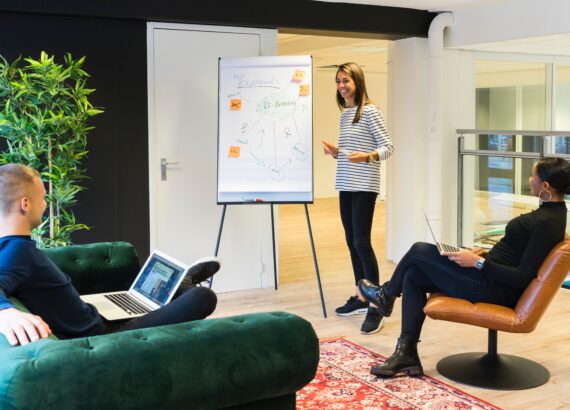Getting a new puppy is one thing, but teaching your kids to play safely and nicely with a new puppy is another thing entirely. After all, you want to keep both the puppy, and more importantly your children, safe and know that you can leave them both alone in the same room without incident.
To begin with you need to understand and set out a few fundamental guidelines. You also need to make sure you have everything you need and choose the right breed of dog, as some breeds are known for being more child friendly than others.
Finding the perfect puppy
Your first step is finding a website or a breeder that has puppies for sale. You can check the local selling groups on Facebook, visit your local shelter, or check out specialist breeder websites where you will find a complete list of puppies for sale. You want to be looking for puppies in breeds that are child friendly, so consider breeds like Labradors, Beagles, Yorkshire Terriers, Cocker Spaniels, Bulldogs and St Bernard’s.
Learning “puppy language”
Once you have picked a breed and a puppy, your next step is to understand their body language. A dog’s body language will tell you if they are happy, sad, scared, angry or confused.
To start with, you need to make sure your children understand the things they need to avoid doing so they don’t get hurt. As an example, when a puppy shows their teeth, this does not mean they are smiling, rather it is a sign of aggression. Another way to tell how a puppy is feeling is by looking at his tail. If it’s upright or wagging slowly, he is on high alert and should be approached with caution. Likewise, just because a puppy’s tail is wagging fast, this doesn’t mean it’s actually happy. The best advice is to watch your puppy’s body language as much as possible; it won’t be long until you will completely understand him and what he needs.
Approaching your puppy
The approach is a key part in keeping your puppy calm and happy, and more importantly, avoiding making them feel uncomfortable or scared.
A puppy that is eating, sleeping or playing with a toy should be left alone, until they are completely used to your presence. When you or your children approach your puppy, you need to do so slowly. Keep your hands closed and give your puppy the chance to sniff the back of your hand first. If this approach goes well, you can gently pat them on the chest or rub them under the chin. Try and avoid patting them on the head, though, as this is an area outside of your dog’s eyesight and could be seen as threatening.
Ask permission
The best safety method for keeping your children safe while with your puppy, is to make sure your children ask your permission first.
Unfortunately, all puppies may nip, bite, or scratch your child, but if you make every precaution to ensure the puppy isn’t antagonized or made to feel threatened, you shouldn’t have an issue.
Soon enough your puppy will be part of the family and a loving companion for all.
Puppy and baby image by Shutterstock.







My husband and I really want to get a puppy, but we have a one year old daughter. We’ve been very wary of getting a puppy because she would probably love it just a little too much! I really appreciate these tips, especially to watch the dog’s body language, as they get used to each other. We will have to think about it some more, but reading this makes me think we can do it!